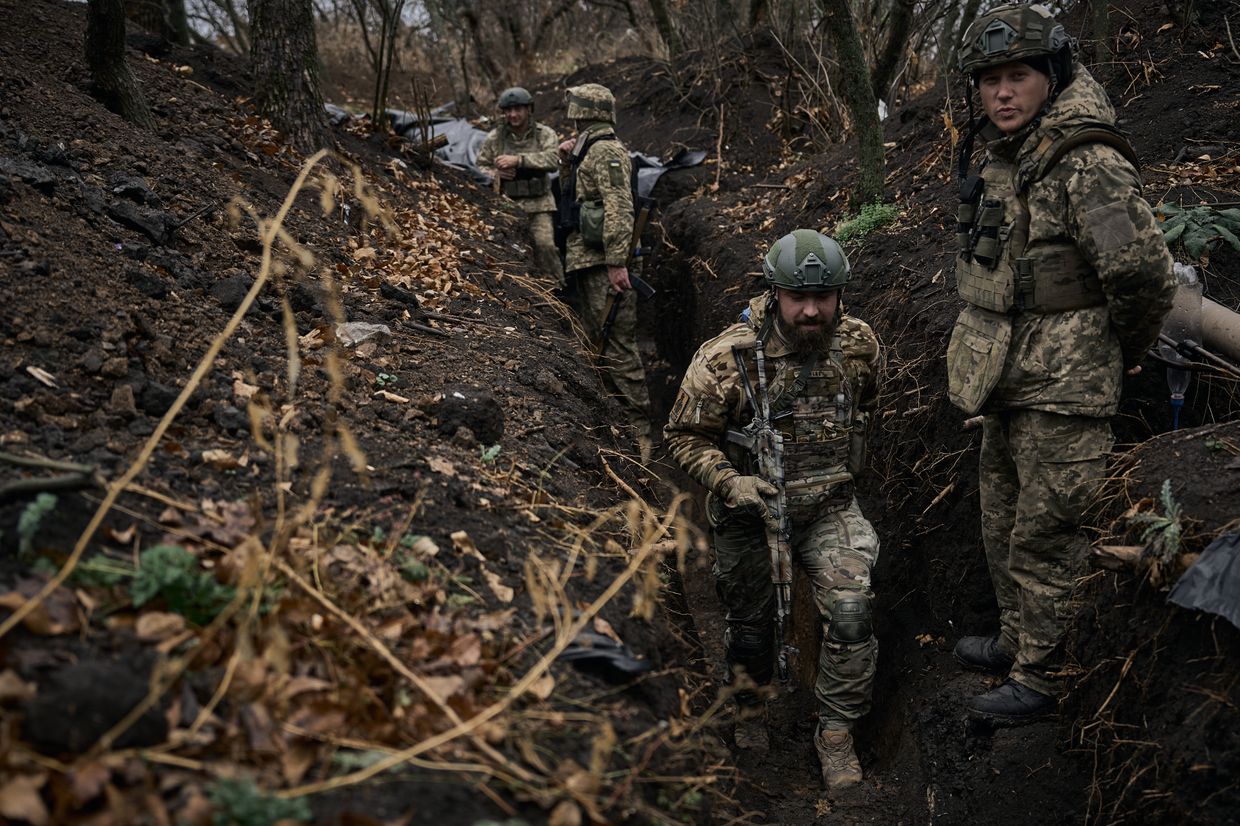Russian forces outnumbered Ukrainians tenfold in battle for Vuhledar, commander says

Russian troops committed to the capture of Vuhledar in Donetsk Oblast outnumbered defending Ukrainian forces by around 9:1, Oleksandr Okhrimenko, commander of the 72nd Mechanized Brigade, said in an interview with Ukrainian media outlet Glavkom published on Oct. 8.
Kyiv announced the withdrawal from Vuhledar on Oct. 2, after Russian forces first swarmed the town's flanks and then entered its urban area.
The 72nd Mechanized Brigade had defended Vuhledar, one of the key strongholds of Ukraine's defense of southern Donetsk Oblast, for over two years without rotations.
Located roughly 40 kilometers (25 miles) east of the administrative border with Zaporizhzhia Oblast, Vuhledar has faced a heavy Russian onslaught since 2022.
According to Okhrimenko, Moscow deployed Russia's 36th Separate Guards Motor Rifle Brigade, 39th Brigade, 57th Brigade, 91st Separate Rifle Regiment and other units to the final assault Vuhledar.
"The enemy's forces had superiority in tanks, infantry fighting vehicles, artillery systems, anti-tank weapons, and personnel," the commander said.
The attacking side can gain an advantage on the battlefield if it has three times as many forces and means as the other one, Okhrimenko said, referring to a ballpark ratio commonly upheld in military doctrine around the world.
"It was 1:9 in Vuhledar. You can objectively understand the chances to hold this settlement and the line of defense in the brigade's sector of responsibility," he added.
Throughout 2024, Ukraine has faced a challenging situation in its defense of the front line, particularly in Donetsk Oblast, where Russia has consistently concentrated its offensive potential.
Apart from Vuhledar, Russian forces have been focusing their efforts against the Donetsk Oblast cities of Pokrovsk and Toretsk, where outnumbered and outgunned Ukrainian soldiers are slowly losing ground under Russian pressure.











